- Home
- About Us
- Contact Us
- Site Map
- Affiliate Disclosure
- Privacy Policy
- Terms And Conditions
- Best Drone For Beginners 2021 : Top Beginner Drones
- Best Drones 2022 For Beginners : Top Beginner Drone
- Best Drones For Under 100 Dollars That Are Top Easy To Fly
- Best Cheap Drone For Photography : Camera Drones Budget
- What Is The Best Drone For 2022 And How Fast They Go
- Best Drone In The World To Use For Your First Time
- Best Drones 2022 With Camera : Which One Is The Best Drone
- Best Video Drones For Beginners | Features A Beginner Drone
- Dgi Drone
- Best Drone For Night Photography
- Best Drone For The Money
- Best Drone For Teenager
- Best Drone For Under 200
- Best Drone For Under 500
- Best Drone For Video
- Best Drone In The Market
- Best Drone Under 1000
- Best Drones For Travel
- Bird Drone
- Black Hornet Drone
- Deerc Drone
- DJI Drones For Sale
- Dji Fpv Drone
- Dji Mavic 3 Drone
- Drone Dj
Potensic ATOM 3-Axis Gimbal 4K GPS Drone, Under 249g, 96 Mins Flight, Max 6KM Transmission
Drone On Sale : Features, Advantages, And Benefits
Certainly! Drones have become increasingly popular and are available in a wide range of models and prices. While I don't have real-time information on specific sales or prices, I can give you an overview of the different types of drones and their features that you might find at a low price.
1. Toy Drones: These are entry-level drones designed for beginners or children. They are typically small, lightweight, and inexpensive. Toy drones often come with basic flight controls and features like altitude hold, one-touch takeoff and landing, and simple camera capabilities.
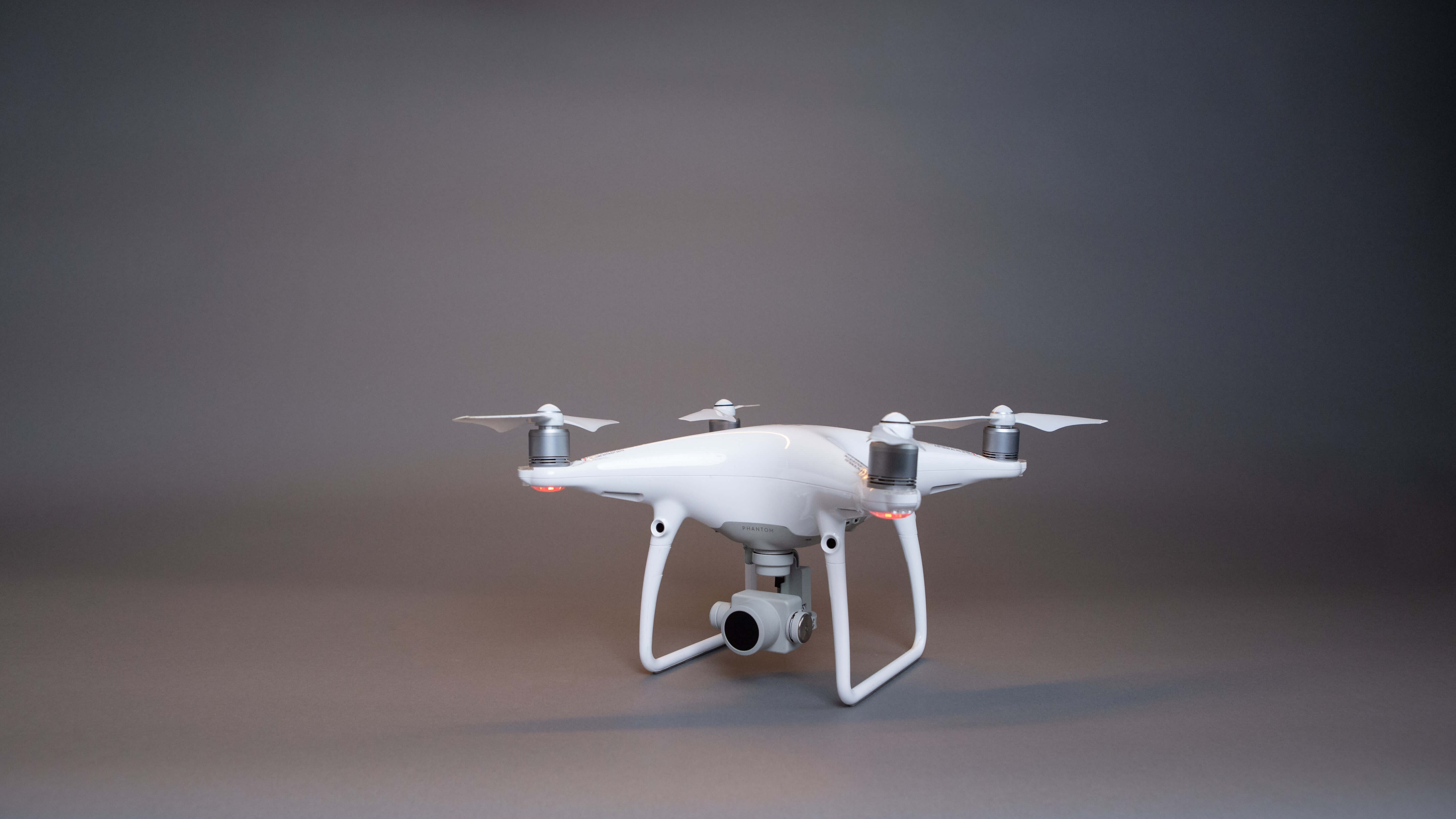
2. Camera Drones: These drones are equipped with cameras that allow you to capture aerial photos and videos. They range from consumer-grade models to professional-grade drones used in filmmaking. Camera drones offer features like gimbal stabilization for smooth footage, adjustable camera settings, and sometimes even obstacle avoidance systems.
3. Racing Drones: These drones are specifically designed for high-speed racing. They are usually smaller and more agile than other types of drones. Racing drones often come without cameras but focus on speed, maneuverability, and the ability to perform aerial acrobatics. They require more skill to fly and are popular among drone racing enthusiasts.

4. Professional Drones: These drones are typically used for commercial purposes such as aerial photography, videography, surveying, or inspections. Professional drones offer advanced features like higher-resolution cameras, longer flight times, GPS navigation systems, and sometimes even thermal imaging capabilities. They tend to have more robust build quality and are often more expensive.
5. Foldable Drones: These drones feature foldable arms and are designed to be compact and portable. They are great for travelers or those who want a drone they can easily carry around. Foldable drones usually offer similar features to camera drones or professional drones, depending on the model.
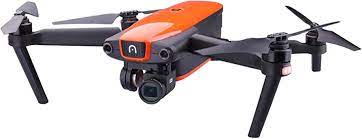
When drones go at a low price, you can often find discounts on various models, accessories, or bundles. It's important to consider factors like flight time, range, camera quality, control options (remote controller or smartphone app), and safety features when choosing a drone. Additionally, be aware of local regulations regarding drone usage and any requirements for registration or licensing in your area.
To get specific details about it's recommended to check online retailers, electronics stores, or websites that specialize in drones, as they can provide you with the most up-to-date information on current deals and promotions.

What Is The Best Price ?
The price of drones can vary widely depending on their features, capabilities, and intended use. Here are some general price ranges for different types of drones:
1. Toy Drones: Entry-level toy drones can be found for as low as $20 to $50. These drones are usually small in size, have basic flight controls, and may have a low-resolution camera or no camera at all.

2. Camera Drones: Consumer-grade camera drones with decent camera quality and flight capabilities typically range from $100 to $1,000. In this price range, you can find models like the DJI Mini series or the Autel EVO Lite, which offer good camera performance, stable flight, and intelligent flight modes.
3. Professional Drones: Professional-grade drones used for commercial purposes tend to be more expensive. Prices for these drones can range from $1,000 to several thousand dollars, depending on the features and capabilities. Examples of professional drones include the DJI Mavic 2 Pro, Phantom 4 Pro, or the Inspire series.

4. Racing Drones: Racing drones can vary in price depending on their specifications and customization options. Entry-level racing drones can start around $100 to $200, while high-performance racing drones can range from $300 to $1,000 or more.
5. Foldable Drones: Foldable drones often fall within the consumer-grade or professional-grade price ranges. Prices can start around $500 and go up to several thousand dollars, depending on the brand, features, and camera quality.

It's important to note that these price ranges are approximate and can change over time due to sales, promotions, or new product releases. Additionally, higher-priced drones typically offer better camera quality, longer flight times, advanced features, and improved build quality.
When considering the best price for a drone, it's essential to balance your budget with the features and capabilities that align with your needs and intended use. It's also a good idea to read reviews, compare different models, and consider the brand's reputation for customer support and reliability.

What Time Of Year Is Best To Buy ?
The best time to buy a drone can vary depending on several factors, including seasonal sales, product launches, and personal preferences. Here are a few key times of the year when you might find good deals on drones:
1. Black Friday and Cyber Monday: These are popular shopping days following the Thanksgiving holiday in the United States. Many retailers, including those that sell drones, offer significant discounts and promotions during this period. It's a great time to look for deals on drones, accessories, and bundles.

2. End of the Year/ Holiday Season: Towards the end of the year, around the holiday season, retailers often have sales and promotions to attract customers. This period can be a good time to find discounts on drones as retailers try to capitalize on the holiday shopping rush.
3. New Product Releases: Drone manufacturers often announce and release new models or upgraded versions of existing drones throughout the year. When new drones hit the market, older models may go receive price reductions. It can be advantageous to monitor new product releases and keep an eye on discounts on previous models.
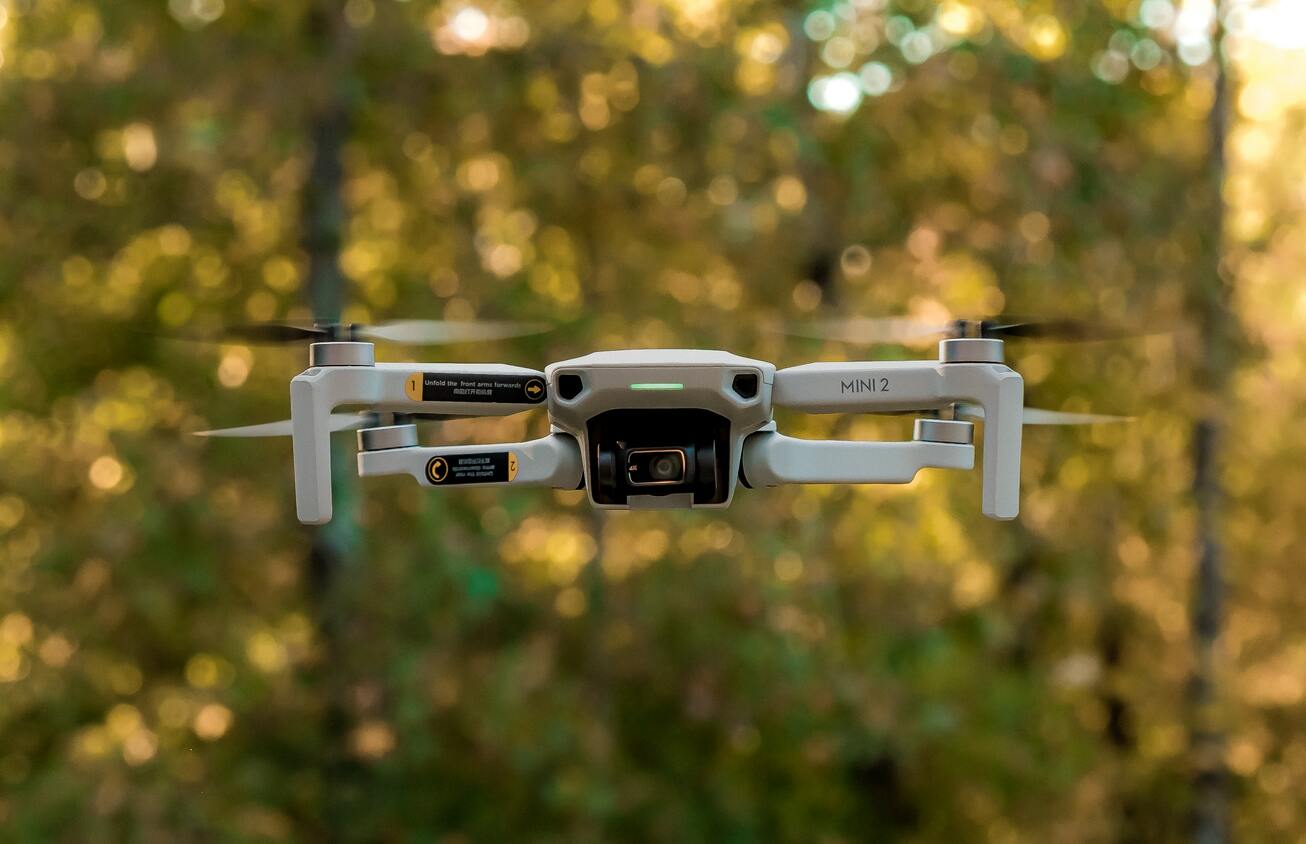
4. Off-Peak Seasons: Outside of major shopping events, you might find during off-peak seasons when demand is relatively lower. Retailers may offer discounts to boost sales during these quieter periods. However, availability and selection might be more limited compared to peak shopping seasons.
5. Manufacturer Anniversaries or Special Events: Some drone manufacturers celebrate anniversaries or hold special events where they offer discounts or limited-time promotions on their products. Keep an eye out for such events, as they can be an excellent opportunity to find deals on drones.

Apart from specific times of the year, it's also worth considering other factors when purchasing a drone, such as checking for discounts or sales from online retailers, electronics stores, or directly from the manufacturer's website. Additionally, subscribing to newsletters or following social media accounts of drone manufacturers or retailers can help you stay informed about upcoming sales and promotions.
Remember to thoroughly research the drone model you're interested in, compare prices, read reviews, and consider your budget and requirements before making a purchase decision.

What Is The Best FPV For Beginner Adults ?
When it comes to choosing the best drone for beginner adults, there are several factors to consider, including ease of use, flight stability, safety features, and overall value. Here are a few popular options that are well-suited for beginners:
1. DJI Mini 2: The DJI Mini 2 is a compact and lightweight drone that offers a good balance of performance and ease of use. It features a 3-axis gimbal-stabilized camera capable of capturing 12MP photos and 4K video. The Mini 2 has intelligent flight modes, GPS-based positioning, and a reliable flight range of up to 10 kilometers. Its small size and weight make it easy to carry around, and it is also designed to comply with drone regulations in many countries.

2. Holy Stone HS720: The Holy Stone HS720 is another beginner-friendly drone that offers a solid set of features at an affordable price. It features a 2K camera for capturing high-quality aerial photos and videos. The HS720 has GPS-based functions, including intelligent flight modes, return-to-home, and follow-me mode. It offers stable flight performance and a flight range of up to 800 meters.
3. Autel EVO Lite: The Autel EVO Lite is a user-friendly drone that combines simplicity with good performance. It features a 4K camera that captures high-resolution photos and videos. The EVO Lite has GPS positioning, intelligent flight modes, and a flight range of up to 7 kilometers. It also offers a longer flight time compared to some other beginner drones, allowing for more extended aerial exploration.

4. Potensic D88: The Potensic D88 is an affordable drone suitable for beginners. It features a 2K camera, GPS positioning, and intelligent flight modes. The D88 has a flight range of up to 500 meters and a flight time of around 20 minutes, providing ample time for capturing aerial footage or exploring the surroundings.
These drones are popular choices for beginners due to their ease of use, stability, and helpful features. They are also known for their reliability and customer support from well-established manufacturers. However, it's important to note that regulations regarding drone usage and registration may vary by country, so it's essential to familiarize yourself with the local drone laws and guidelines before flying.

Before making a final decision, consider your budget, specific needs, and any particular features you prioritize. Reading reviews, watching tutorial videos, and researching user experiences can provide further insights into the capabilities and performance of these drones.
What To Look For When Buying A Cheap FPV ?
When buying a cheap drone, it's important to consider several factors to ensure you get a drone that meets your expectations and provides a satisfactory flying experience. Here are some key aspects to look for:
1. Build Quality and Durability: Even though you're looking for a cheap drone, it's still important to consider the build quality and durability of the drone. Look for drones that have sturdy construction and are made with durable materials. This will help protect the drone from crashes or accidental bumps during flights.

2. Flight Stability and Control: A good cheap drone should offer stable flight performance and be easy to control, especially for beginners. Look for drones with features like altitude hold, which helps maintain a steady height during flight, and headless mode, which simplifies control by eliminating the need to adjust the drone's orientation relative to the pilot.
3. Flight Time and Battery Life: Check the drone's specifications for its flight time, which refers to the duration the drone can stay in the air on a single battery charge. Look for drones that offer a flight time of at least 10 minutes or more. Additionally, consider how long it takes to recharge the drone's battery, as shorter charging times allow for more flying sessions.
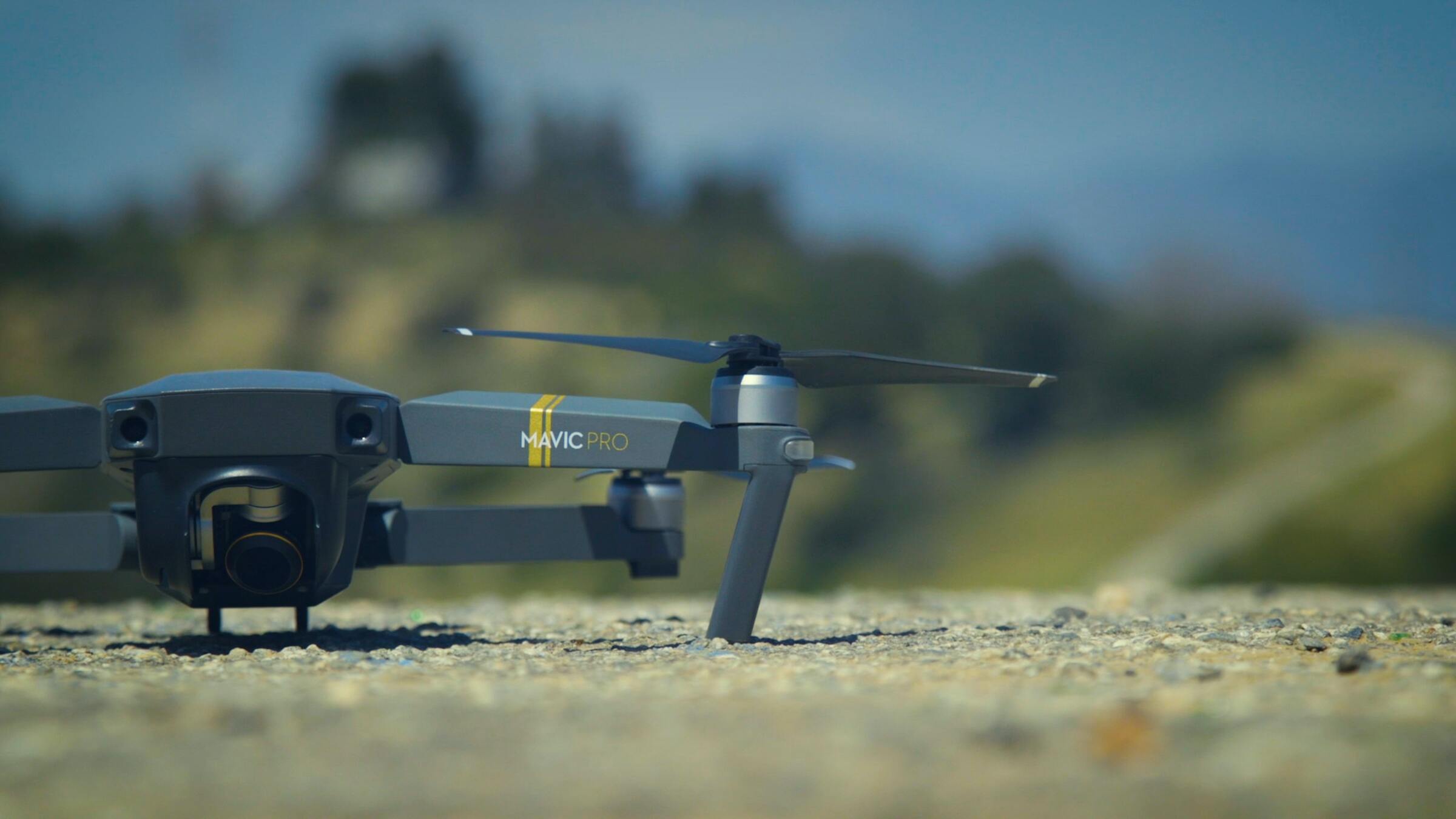
4. Camera Quality (if applicable): If you're interested in aerial photography or videography, check the camera specifications of the drone. While cheap drones typically offer lower-resolution cameras, some may still provide decent image or video quality for casual use. Look for drones that offer adjustable camera settings, such as angle or exposure, to have more control over your shots.
5. Remote Control Range: Consider the range at which the drone can be controlled from the remote. Cheaper drones often have shorter control ranges, typically ranging from 30 to 100 meters. Ensure that the range is sufficient for your intended use and flying environment.
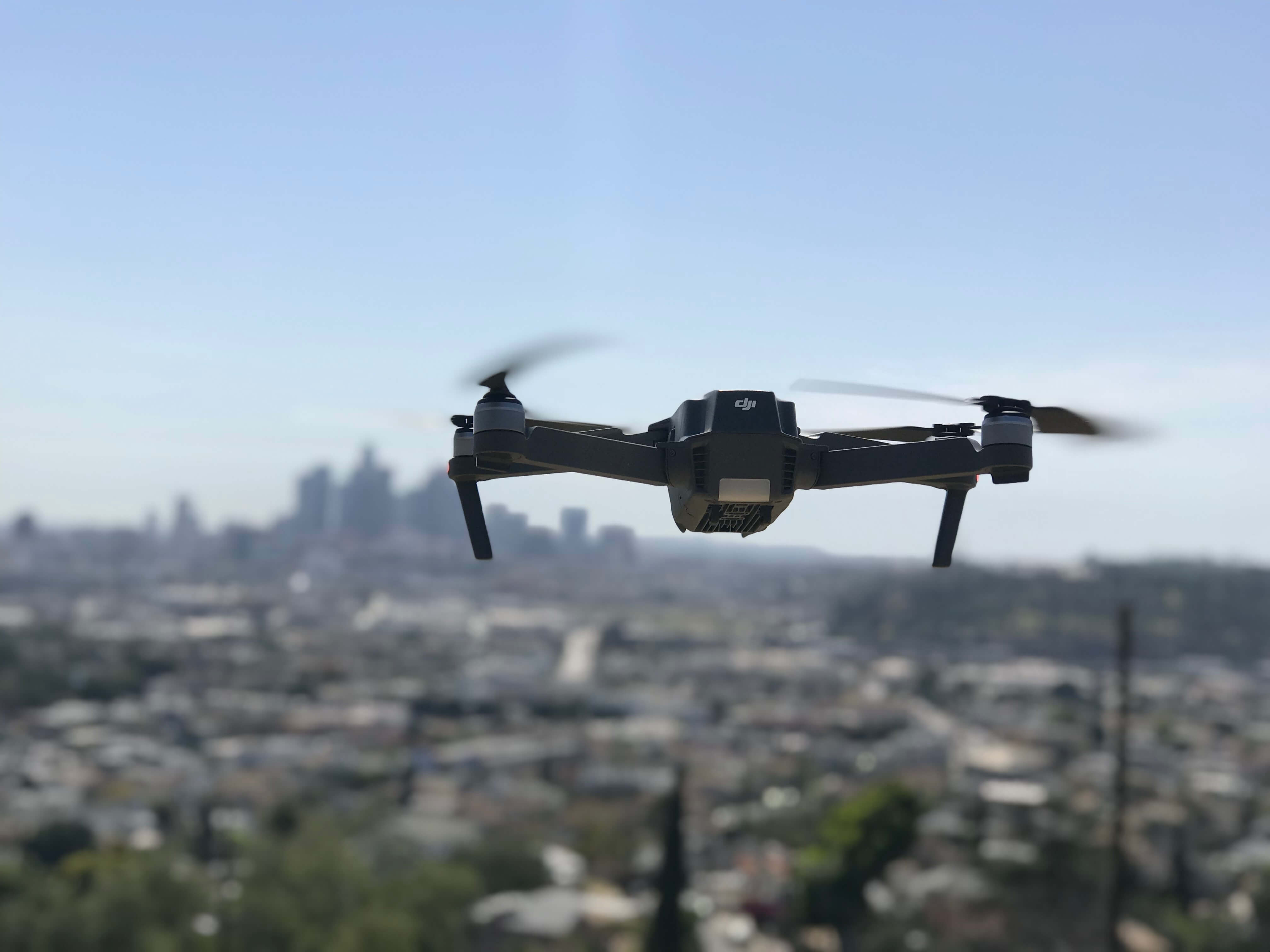
6. Spare Parts and Customer Support: Look for drones that have available spare parts, such as propellers or batteries, in case you need replacements in the future. Additionally, check the manufacturer's reputation for customer support, as it can be helpful if you encounter any issues or have questions about your drone.
7. Flight Modes and Features: Some cheap drones may offer additional flight modes or features, such as automatic takeoff and landing, one-button flips or rolls, or follow-me mode. Consider which features are important to you and check if the drone you're interested in offers them.

8. Compliance with Regulations: Ensure that the drone you purchase complies with local regulations and restrictions regarding drone usage. Some countries or regions have specific requirements for drone registration, weight limits, or restricted flight zones. Familiarize yourself with the rules and regulations in your area to ensure you fly your drone legally and responsibly.
While cheap drones may not have all the advanced features and capabilities of more expensive models, paying attention to these factors can help you find a budget-friendly drone that still provides a satisfying flying experience. Reading user reviews and seeking recommendations from trusted sources can also provide valuable insights into the performance and reliability of specific cheap drone models.

How Much Is A Real Good FPV ?
The price range for a "real good" drone can vary significantly depending on the specific features, capabilities, and intended use. Generally, drones with higher price tags tend to offer better camera quality, longer flight times, advanced flight modes, and enhanced stability. Here are some general price ranges for high-quality drones:
1. Consumer-Grade Drones: For consumer-grade drones that offer good camera quality, stability, and intelligent flight modes, you can expect to spend between $500 to $1,500. Drones like the DJI Mavic Air 2, Autel EVO II, or the Skydio 2 fall into this price range.
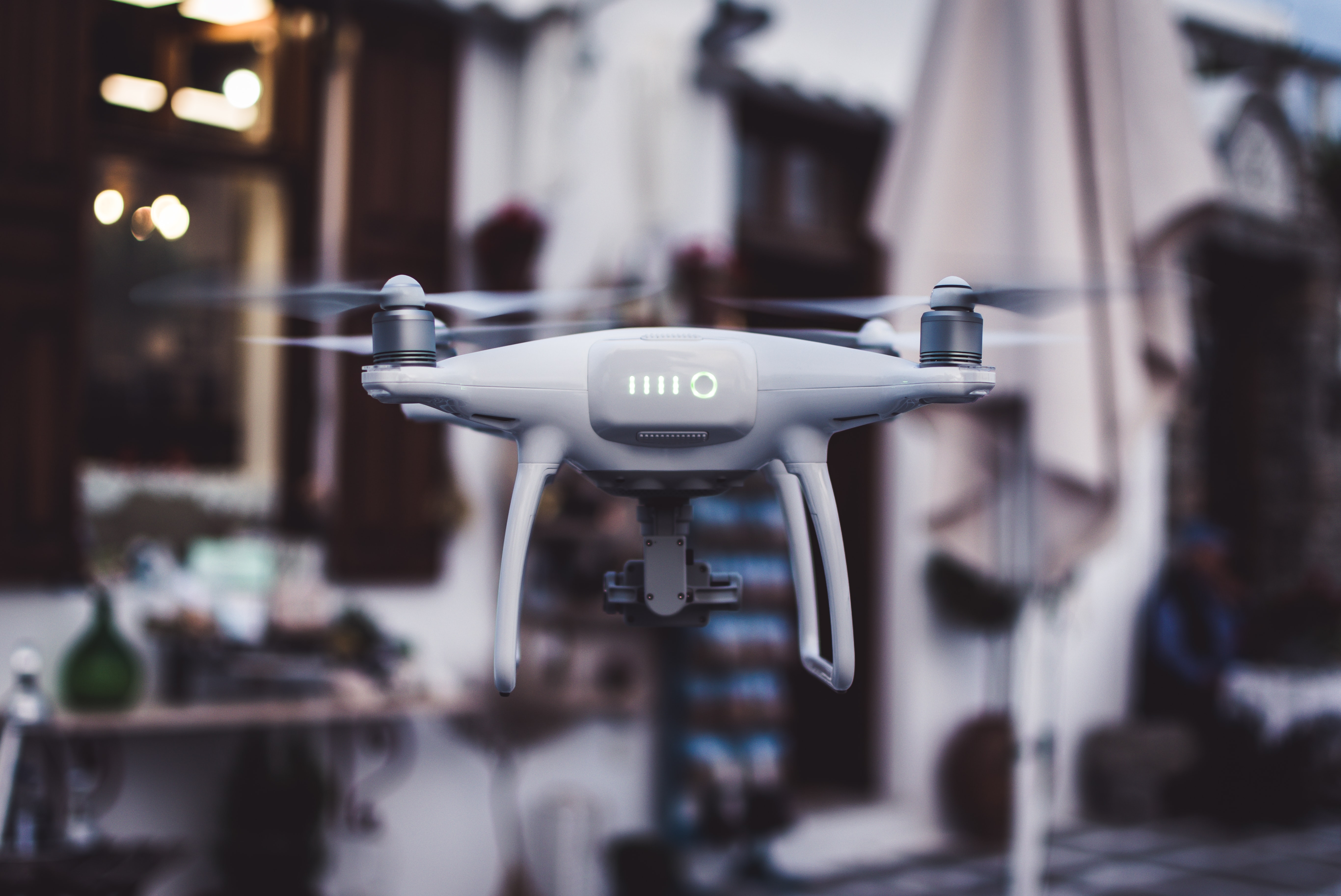
2. Professional-Grade Drones: Professional-grade drones used for commercial purposes or professional filmmaking can range from $1,500 to several thousand dollars. These drones often have higher-resolution cameras, longer flight times, advanced flight planning capabilities, and other professional features. Examples include the DJI Phantom 4 Pro, DJI Inspire 2, or the Freefly Alta 6.
3. Specialized Drones: Certain drones designed for specific applications, such as industrial inspections or aerial mapping, can be more expensive due to their specialized features and capabilities. Prices for these specialized drones can range from several thousand dollars to tens of thousands of dollars.

It's important to note that these price ranges are approximate and can vary based on factors such as promotions, discounts, and regional differences. Additionally, as technology evolves and new drones are released, the market dynamics can influence the price range for high-quality drones.
When considering the price of a high-quality drone, it's crucial to assess your specific needs, budget, and intended use. Consider the features that are most important to you and choose a drone that offers the right balance between performance and value. It's also beneficial to read reviews, watch sample footage, and compare different models to ensure you select the drone that best suits your requirements.

Remember that investing in a high-quality drone often comes with advantages such as better build quality, longer lifespan, more reliable performance, and better customer support from established manufacturers.
What Are The Best Type Of FPV To Buy ?
The best type of drone to buy depends on your specific needs, interests, and skill level. Here are some popular types of drones with their respective features and applications:
1. Camera Drones: Camera drones are equipped with cameras and are widely used for aerial photography and videography. They offer various camera resolutions and features such as gimbal stabilization for smooth footage, adjustable camera settings, and intelligent flight modes. DJI Mavic Air 2, DJI Phantom 4 Pro, and Autel EVO II are examples of camera drones suitable for enthusiasts and professionals.

2. FPV Racing Drones: FPV (First-Person View) racing drones are designed for high-speed racing and maneuverability. These drones are typically small, agile, and built for speed. They often don't have cameras or advanced features for aerial photography but prioritize performance and responsiveness. Popular models include the Diatone GT R369, iFlight Nazgul5, and EMAX Hawk Sport.
3. Foldable Drones: Foldable drones feature collapsible arms, making them compact and portable. They are great for travelers or those who want a drone they can easily carry around. Foldable drones often have decent camera quality and flight features. DJI Mavic 2 Pro, DJI Air 2S, and Autel EVO II are foldable drones known for their performance and portability.

4. Professional Drones: Professional drones are designed for commercial purposes such as aerial photography, videography, surveying, or inspections. They often have high-resolution cameras, longer flight times, advanced flight features, and robust build quality. DJI Inspire 2, DJI Matrice 300 RTK, and Freefly Alta 6 are examples of professional-grade drones with superior capabilities.
5. Mini Drones: Mini drones are small, lightweight, and affordable options suitable for beginners or indoor flying. They often lack advanced camera features but provide a fun and accessible way to learn drone piloting skills. DJI Mini 2, Holy Stone HS210, and Ryze Tello are popular mini drones that offer ease of use and beginner-friendly flight modes.

When selecting a drone, consider factors such as flight time, range, camera quality, control options (remote controller or smartphone app), safety features, and regulations in your area. It's also beneficial to read reviews, watch sample footage, and compare different models to find the drone that best suits your needs and budget.
Remember to fly your drone responsibly, adhere to local regulations, and prioritize safety during each flight.

Can I Buy A FPV And Fly It ?
Yes, you can buy a drone and fly it, but there are certain regulations and guidelines you need to follow to ensure safe and legal drone operation. Here are some key points to consider:
1. Local Regulations: Different countries and regions have specific rules and regulations regarding drone usage. Familiarize yourself with the local laws and guidelines governing drone flights in your area. Check for any restrictions on where and when you can fly, altitude limits, registration requirements, and any permits or licenses you may need.

2. Drone Registration: Some countries require drones above a certain weight threshold to be registered with the aviation authorities. Check if registration is necessary in your region and follow the registration process if required. This is typically applicable for drones weighing above 250 grams to 500 grams, but regulations can vary.
3. Flight Restrictions: Ensure you are aware of any flight restrictions or no-fly zones in your vicinity. These may include airports, government buildings, national parks, or sensitive areas. Respect these restrictions to avoid endangering people, property, or violating privacy laws.

4. Learn to Fly Responsibly: It's important to learn how to fly a drone safely and responsibly. Familiarize yourself with the drone's flight controls and features before taking it for a flight. Start with basic maneuvers in open areas away from obstacles or people. Gradually practice more advanced maneuvers as you become comfortable with the controls.
5. Respect Privacy: When flying a drone, respect people's privacy and avoid intruding on their personal space. Do not record or photograph individuals without their consent. Be mindful of your surroundings and consider the impact your drone may have on others' privacy.
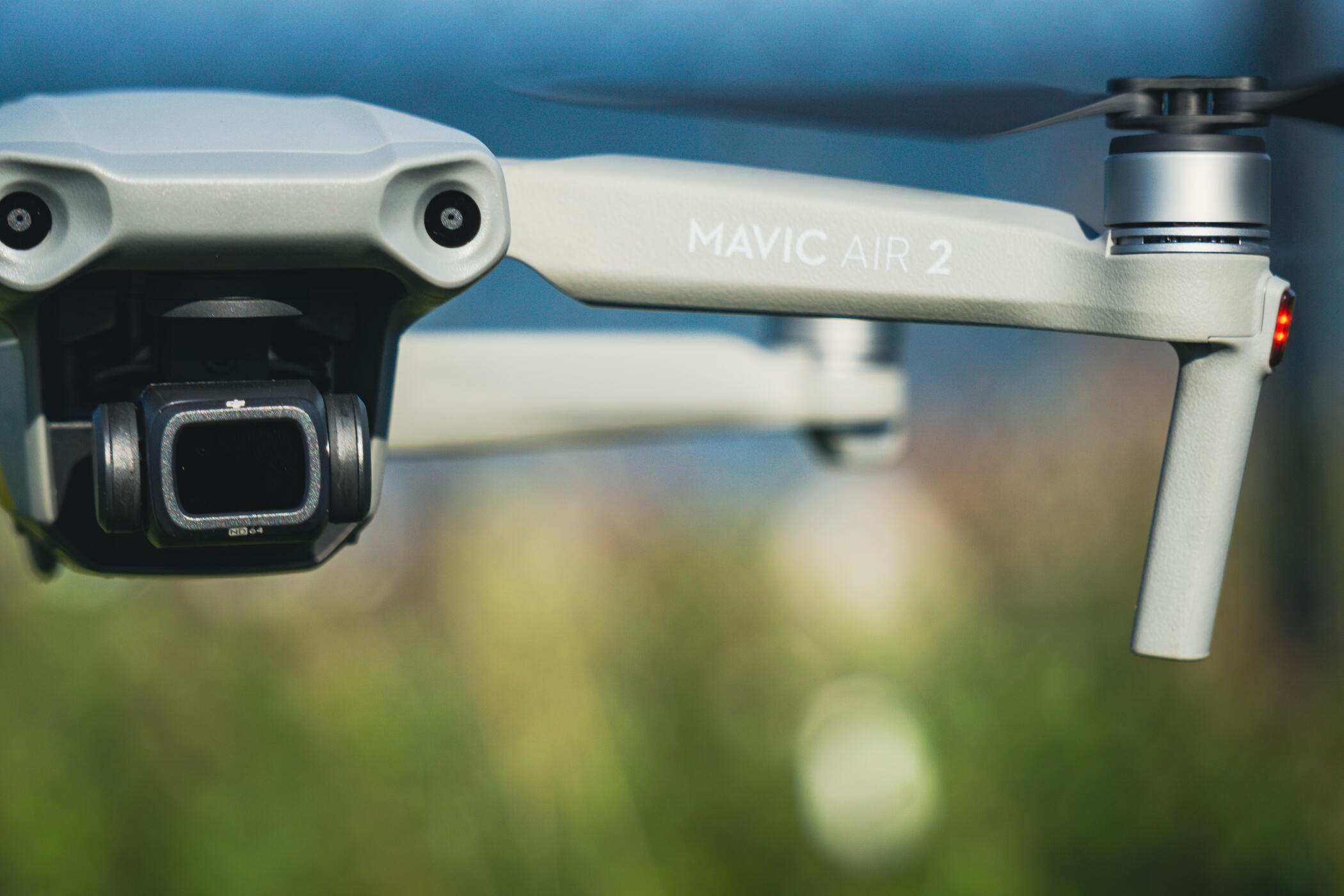
6. Fly in Suitable Weather Conditions: Choose suitable weather conditions for flying your drone. Avoid strong winds, rain, or adverse weather that can affect the stability and control of your drone. Keep an eye on weather forecasts and exercise caution when flying in challenging weather conditions.
7. Safety Precautions: Prioritize safety when flying a drone. Conduct pre-flight checks to ensure the drone is in proper working condition, the battery is adequately charged, and all components are securely attached. Follow manufacturer instructions for safe battery handling and charging.

8. Insurance: Consider getting insurance coverage for your drone. This can protect you financially in case of accidents, damage, or any liability issues that may arise from drone operations.
By adhering to these guidelines and regulations, you can enjoy flying your drone safely and responsibly while minimizing the risk to yourself and others. Remember to always stay updated on any changes to regulations and guidelines in your area, as they can evolve over time.

How Far Can Cheap UAV Go ?
The range of cheap drones can vary depending on the specific model and its capabilities. Generally, cheaper drones tend to have shorter control ranges compared to more expensive, professional-grade drones. Here's an overview of the typical control ranges you can expect from cheap drones:
1. Toy Drones: Toy drones, which are often the most affordable option, typically have a control range of around 30 to 50 meters. These drones are designed for indoor or close-range outdoor flights and are best suited for beginners or casual flying.
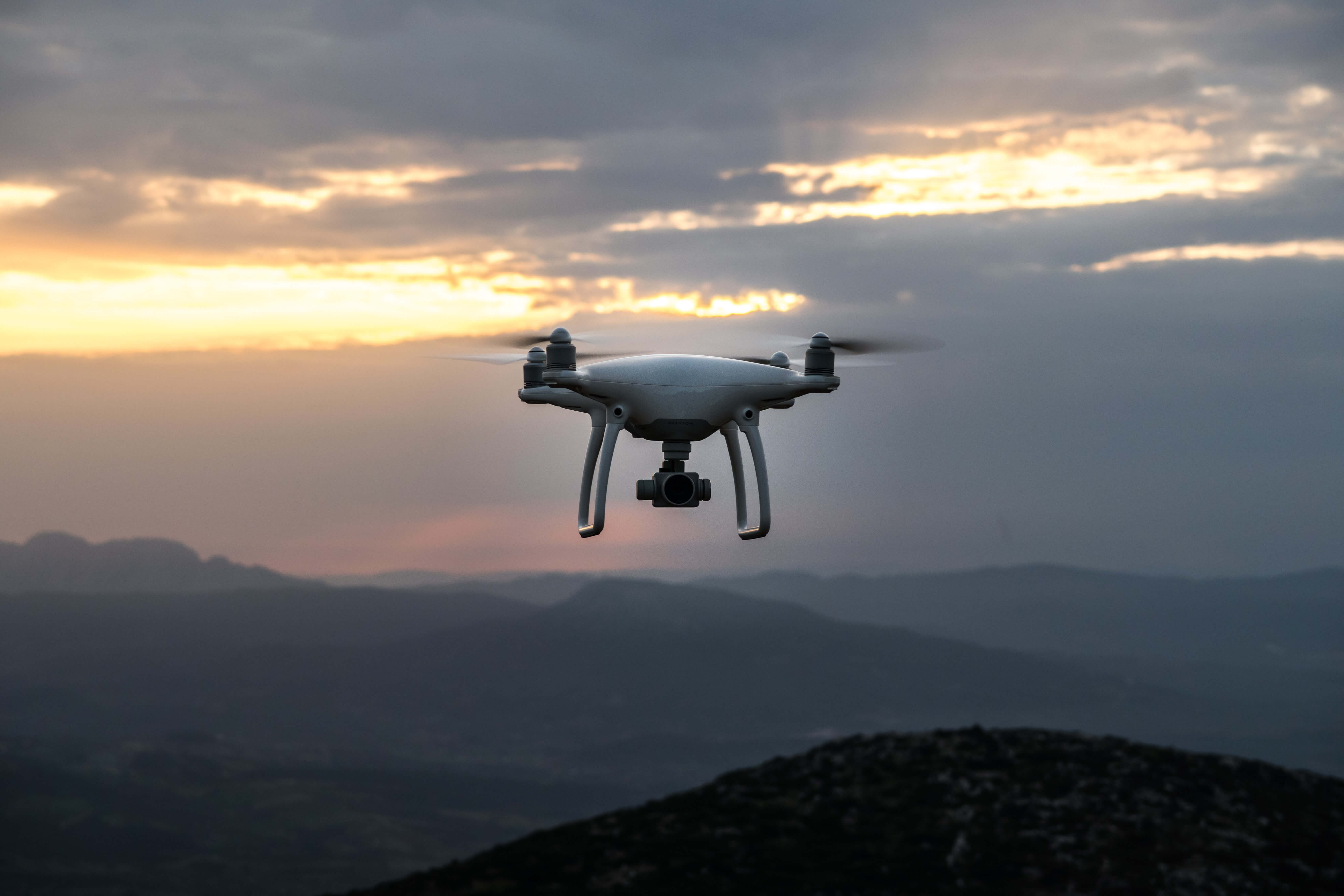
2. Entry-Level Camera Drones: Entry-level camera drones in the lower price range usually offer control ranges between 50 to 100 meters. They provide a bit more flexibility for outdoor flights and capturing aerial photos or videos in relatively close proximity.
3. Mid-Range Consumer Drones: Mid-range consumer drones can offer control ranges ranging from 100 to 500 meters. These drones often come with more advanced features and flight capabilities, allowing you to fly them at greater distances and explore larger areas.

It's important to note that these ranges are approximate and can vary depending on factors such as environmental conditions, obstacles, and interference. Additionally, cheaper drones may rely on Wi-Fi or lower-powered radio signals for control, which can have limitations in terms of range and stability compared to more expensive drones that use stronger radio frequencies or have enhanced transmission systems.
If you require a longer control range, it's advisable to consider investing in a higher-end drone or one specifically designed for long-range flights. These drones, often with better signal transmission systems and more powerful remote controllers, can offer control ranges exceeding several kilometers.

When operating any drone, including cheap drones, it's crucial to keep within visual line of sight (VLOS) and ensure you comply with local regulations regarding maximum altitude and distance limits. Always prioritize safety, maintain control of your drone, and fly in areas where you have a clear understanding of your surroundings to avoid potential accidents or damage.
Why Do Cheap FPV Fly Away ?
Cheap drones, like any other type of drone, can potentially fly away due to a variety of factors. Here are some reasons why a cheap drone may experience a flyaway situation:
1. Signal Interference: Cheap drones often use lower-powered or less sophisticated communication systems, such as Wi-Fi or basic radio frequencies, for control and transmission. These systems can be susceptible to interference from other devices, structures, or electromagnetic signals in the environment. Signal interference can disrupt the connection between the drone and the remote controller, leading to loss of control and potential flyaway.
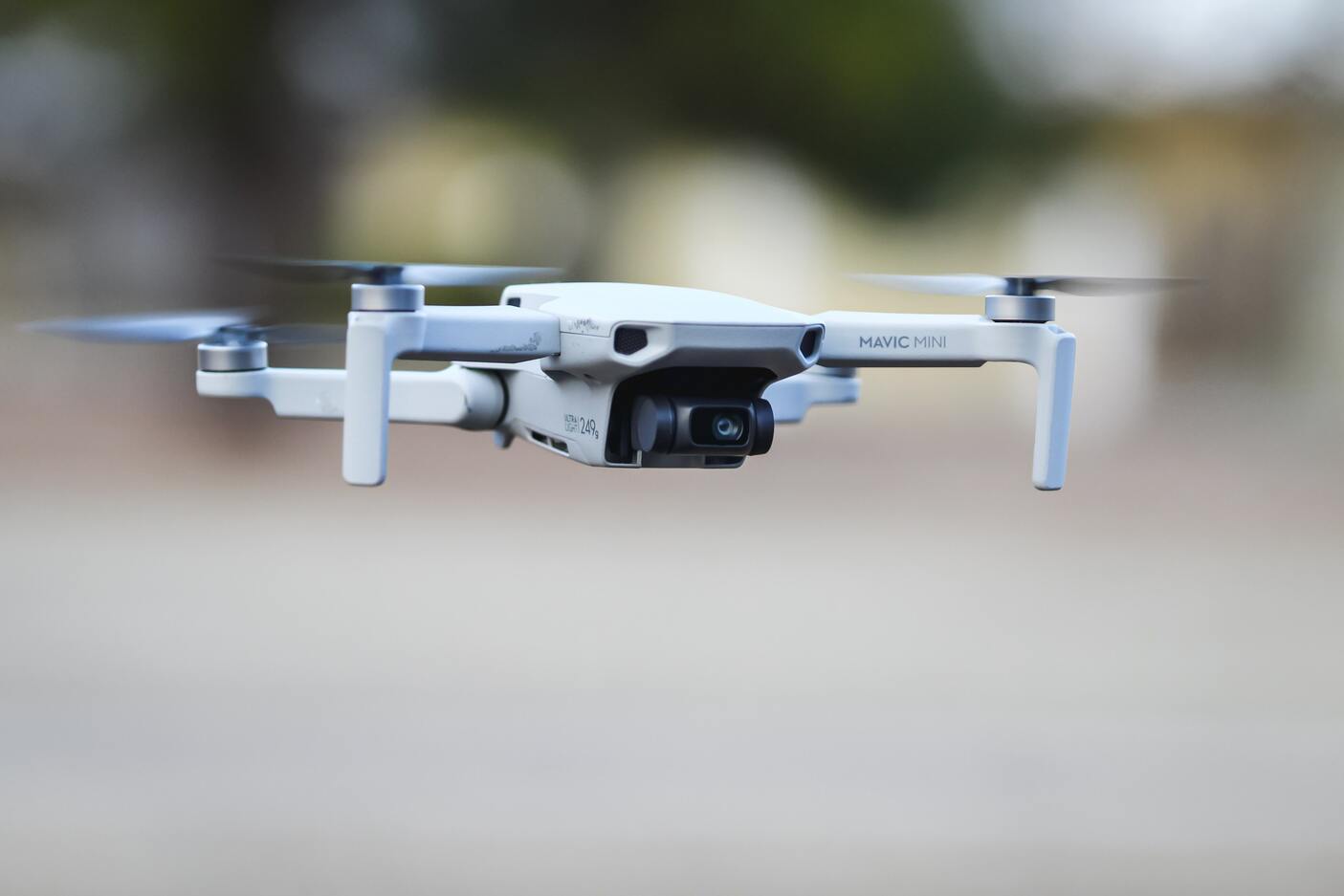
2. GPS Signal Issues: Some cheap drones may have GPS capabilities for position hold, return-to-home, or other advanced features. However, if the GPS signal is weak or unreliable, it can lead to inaccurate positioning information or loss of GPS lock. This can cause the drone to lose its intended flight path and potentially fly away uncontrollably.
3. Pilot Error: Inexperienced or untrained pilots may encounter difficulties in controlling their drones properly. Incorrect flight inputs, lack of understanding of flight modes, or improper calibration can result in unexpected drone behavior or loss of control. It's essential to familiarize yourself with the drone's manual, flight controls, and flight modes before operating the drone to minimize the risk of pilot-induced flyaways.

4. Software or Firmware Issues: Cheap drones may have less refined software or firmware compared to higher-end models. Bugs, glitches, or compatibility issues within the drone's software or firmware can lead to unpredictable behavior, including potential flyaways. Keeping the drone's software and firmware up to date, if available, can help mitigate such risks.
5. Environmental Factors: External factors such as strong winds, adverse weather conditions, or flying in areas with magnetic interference can affect the stability and control of a drone. These factors can make it challenging to maintain control over the drone, potentially resulting in a flyaway situation.

To minimize the risk of flyaways with a cheap drone, it's important to follow these guidelines:
• Carefully read and understand the drone's user manual and instructions.
• Calibrate the drone's sensors and compass properly before each flight.
• Fly in open areas with minimal interference or obstructions.
• Avoid flying near power lines, buildings, or other potential sources of signal interference.
• Maintain visual line of sight (VLOS) with the drone at all times.
• Fly in appropriate weather conditions and avoid strong winds or adverse weather.
• Regularly check for software or firmware updates from the manufacturer and apply them if available.
By following these precautions and operating your drone responsibly, you can reduce the likelihood of a flyaway situation and enjoy a safe and enjoyable flying experience.

Does DJI Mini 2 Need To Be Registered ?
In the United States, for example, the Federal Aviation Administration (FAA) requires registration of drones weighing between 0.55 pounds (250 grams) and 55 pounds (25 kilograms) for recreational purposes. Since the DJI Mini 2 weighs more than 250 grams (249 grams without accessories), it would typically require registration with the FAA before flying in the U.S.
However, it's essential to consult the specific drone regulations and registration requirements in your country or region. Rules can change, and there may be exceptions or specific guidelines depending on where you plan to operate the DJI Mini 2.

To ensure compliance and avoid any legal issues, it is best to check with the appropriate aviation authorities or regulatory bodies in your area for up-to-date information on drone registration requirements.
How Much Does A 4K FPV Cost ?
The cost of a 4K drone can vary depending on the brand, model, features, and overall quality. Generally, the price range for 4K drones can be as follows:
1. Consumer-Grade 4K Drones: Consumer-grade 4K drones, which are designed for hobbyists and enthusiasts, typically range from $500 to $1,500. These drones offer good camera quality, stability, and intelligent flight modes. Examples include the DJI Mavic Air 2, Autel EVO II, and Parrot Anafi.
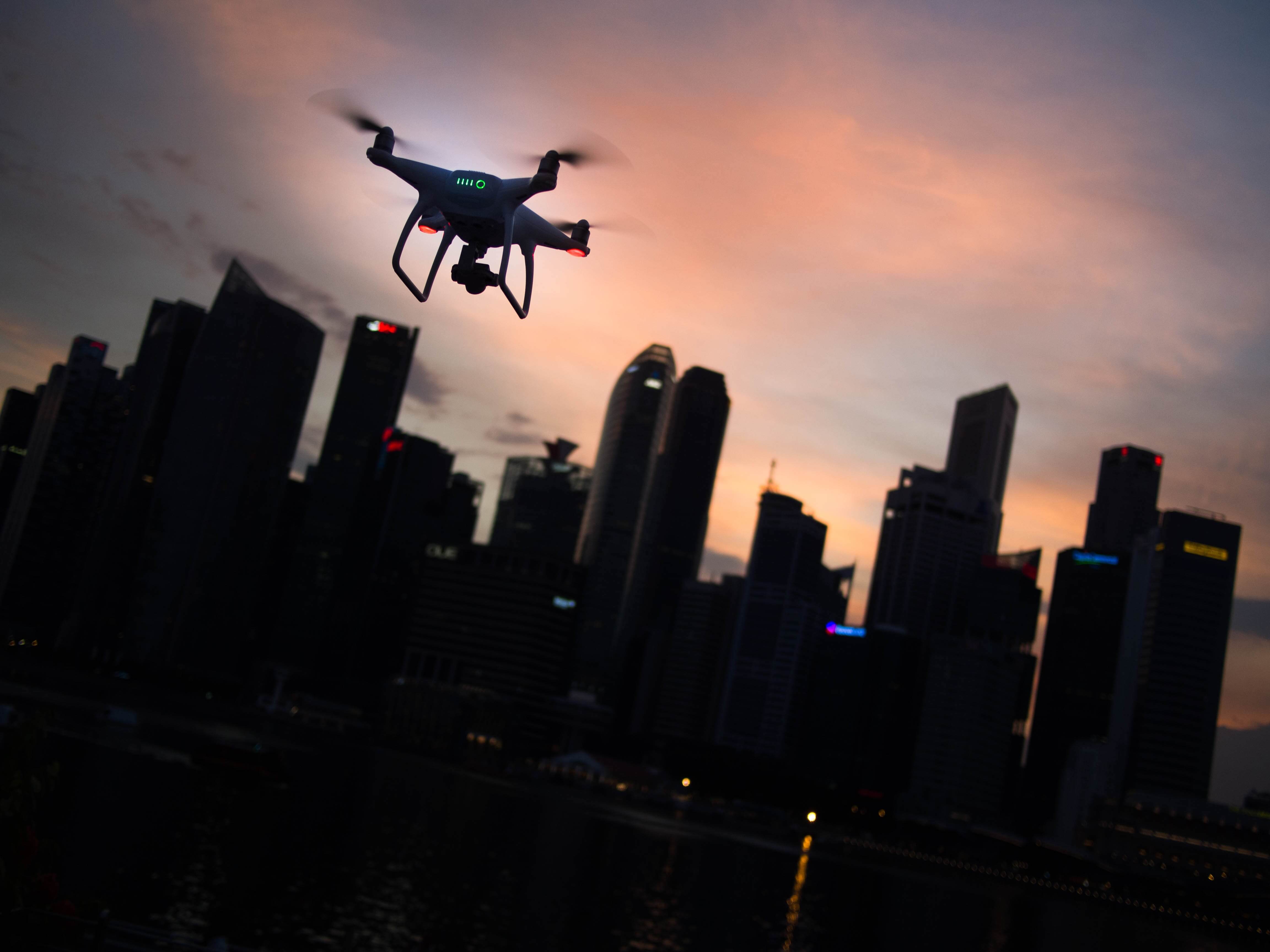
2. Professional-Grade 4K Drones: Professional-grade 4K drones used for commercial purposes or professional filmmaking can range from $1,500 to several thousand dollars. These drones often have higher-resolution cameras, longer flight times, advanced flight planning capabilities, and other professional features. Examples include the DJI Phantom 4 Pro, DJI Inspire 2, and Freefly Alta 6.
3. Specialized 4K Drones: Some drones are specifically designed for specialized applications, such as industrial inspections or aerial mapping. These drones often offer advanced camera systems, robust build quality, and specialized features, resulting in higher price tags. Prices for specialized 4K drones can range from several thousand dollars to tens of thousands of dollars, depending on the specific requirements.
It's important to note that these price ranges are approximate and can vary based on factors such as promotions, discounts, and regional differences. Additionally, keep in mind that the price of a 4K drone is not solely determined by the camera resolution but also by the overall quality, flight performance, additional features, and brand reputation.
When considering the cost of a 4K drone, it's essential to evaluate your specific needs, budget, and intended use. Consider the features that are most important to you, such as camera quality, flight time, stability, and control options. Reading reviews, watching sample footage, and comparing different models can help you find a 4K drone that offers a good balance between performance and value.
What Is The Shelf Life Of A FPV ?
The shelf life of a drone, which refers to the period during which it remains usable and functional, can vary depending on various factors. Here are some pros and cons related to the shelf life of a drone:
Pros:
1. Technological Advancements: Drones are subject to rapid technological advancements. The shelf life of a drone allows you to enjoy the latest features and capabilities available at the time of purchase. Upgrading to a new drone after a few years can provide access to improved camera quality, longer flight times, enhanced stability, and advanced flight modes.
2. Warranty Coverage: Most drones come with a warranty that covers manufacturing defects and malfunctions for a specific period of time. During the shelf life of the drone, the warranty ensures that any potential issues can be addressed by the manufacturer, offering peace of mind and potential cost savings if repairs or replacements are needed.
3. Compatibility and Support: Within the shelf life of a drone, manufacturers typically provide ongoing software updates, firmware upgrades, and compatibility improvements. This ensures that your drone remains compatible with new devices, operating systems, and applications. Manufacturers also offer customer support and technical assistance during this period.
Cons:
1. Technological Obsolescence: As technology progresses, drones can become outdated within a relatively short span of time. Newer models may offer superior performance, advanced features, and better camera quality, making older drones less competitive in the market. This can lead to a decreased resale value and limited availability of spare parts or accessories.
2. Limited Lifespan of Components: Drones consist of various components such as batteries, motors, and sensors that have their own lifespan. Over time, these components may wear out or degrade, affecting the overall performance and reliability of the drone. The shelf life of a drone may coincide with the lifespan of these critical components, requiring maintenance or replacements to keep the drone in optimal condition.
3. Depreciation and Value: Similar to many electronic devices, drones can experience depreciation over time. As newer models are released, the value of older drones may decrease in the second-hand market. The rate of depreciation can vary depending on factors such as demand, technological advancements, and market trends.
It's important to note that the shelf life of a drone is not fixed and can be influenced by factors such as usage frequency, maintenance practices, and the specific model or brand. Taking good care of your drone, following manufacturer guidelines, and keeping it in a safe and controlled environment can help prolong its shelf life and maximize its usability.
How Long Do FPV Last Flying ?
The flight time of a drone, referring to the duration it can stay in the air on a single battery charge, can vary significantly depending on several factors. Here are some key factors that influence a drone's flight time:
1. Battery Capacity: The capacity of the drone's battery is a crucial factor in determining flight time. Drones typically use lithium polymer (LiPo) batteries, and the higher the battery's capacity in milliampere-hours (mAh), the longer the flight time. Entry-level drones may have batteries with capacities between 500mAh to 1500mAh, while higher-end drones can have capacities exceeding 5000mAh.
2. Drone Weight: The weight of the drone itself affects flight time. Heavier drones tend to consume more power to stay airborne, resulting in shorter flight times. Conversely, lightweight drones require less energy and can achieve longer flight times. Compact and portable drones, such as the DJI Mini series, often prioritize lightweight designs and longer flight times.
3. Payload and Accessories: Additional payload or accessories, such as cameras, gimbals, or propeller guards, can increase the weight of the drone, leading to reduced flight time. Adding accessories or carrying extra weight will require the drone's motors and battery to work harder, consuming more energy.
4. Flight Conditions: Flight conditions, including wind speed, temperature, and altitude, can affect a drone's flight time. Flying in windy conditions requires more power to maintain stability, reducing flight time. Cold temperatures can impact battery performance, leading to a shorter flight time. High altitudes may affect the drone's aerodynamics and motor efficiency, resulting in reduced flight times.
5. Flight Style: The way you fly the drone also affects its flight time. Aggressive maneuvers, high-speed flights, and frequent acceleration/deceleration consume more power, shortening the flight time. Gentle and smooth flying, along with efficient use of flight controls, can help extend the drone's flight time.
On average, consumer-grade drones typically offer flight times ranging from 10 to 30 minutes. Higher-end drones or specialized models may have longer flight times, reaching up to 40 minutes or more. However, it's important to note that these are general estimations, and actual flight times can vary depending on the factors mentioned above.
To maximize your drone's flight time, consider carrying spare batteries, optimizing flight settings for efficiency, and flying in favorable weather conditions. It's also important to follow manufacturer guidelines for battery charging, storage, and maintenance to ensure optimal performance and longevity of the drone's battery.
Click here for more information Sims